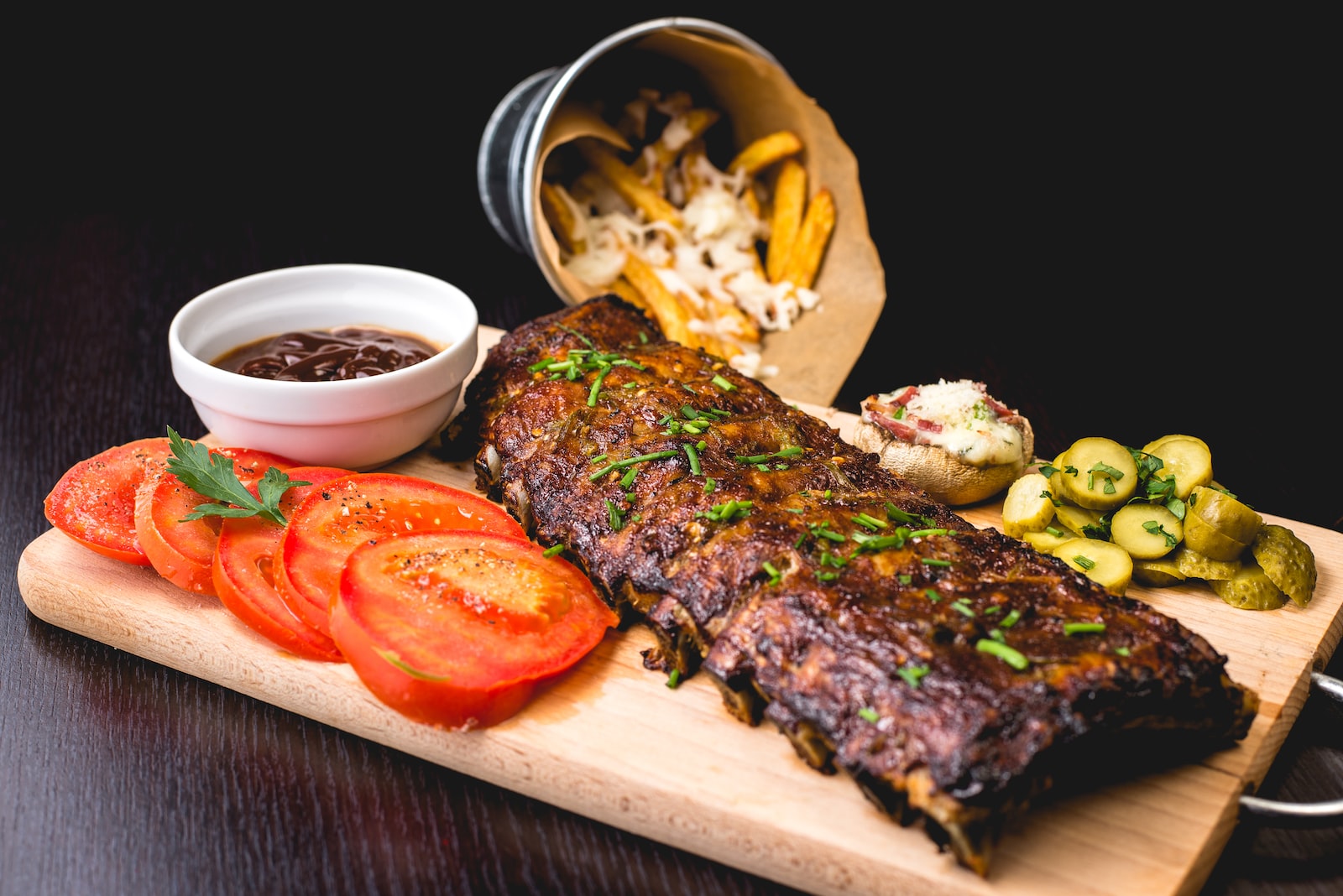Barbecue is a time-honored cooking method that involves slow-cooking food, often meats, over low heat using wood or charcoal to impart a smoky flavor. The term “barbecue” can also refer to the social gathering centered around this style of cooking. The history of barbecue dates back thousands of years, with evidence of early barbecue-like techniques found in various cultures worldwide. However, the modern-day concept of barbecue is often associated with the United States, where regional styles have evolved and become well-known.
Historically, barbecue has its roots in indigenous cooking methods used by the Arawak people of the Caribbean and the Taíno people of present-day Haiti and the Dominican Republic. They used a wooden framework called “barbacoa” to cook food over an open fire. European explorers and colonizers later adopted these methods and spread them throughout their colonies, including North America. African slaves in the southern United States further developed the technique, and it became a staple of American cuisine.
Barbecue preparation involves marinating, dry-rubbing, or simply seasoning the meat with salt and pepper before slow-cooking it over indirect heat. The process can take anywhere from a few hours to more than a day, depending on the size and type of the meat. Smoking the meat at low temperatures imparts a unique flavor and tenderizes it, breaking down tough connective tissues. In some regions, barbecue is cooked over a pit or in a specially-designed smoker.
There are several regional variations of barbecue in the United States, each with its distinct characteristics:
- Carolina-style barbecue: This style is native to North and South Carolina and features pork as the primary meat, often cooked whole-hog or as pork shoulders. The sauces are typically vinegar-based, with the addition of mustard in South Carolina.
- Texas-style barbecue: Texas barbecue is known for its focus on beef, specifically brisket, which is smoked for long periods using oak or mesquite wood. The sauces are generally tomato-based, thick, and spicy.
- Kansas City-style barbecue: This style is characterized by a wide variety of meats, including pork, beef, chicken, and even sausages. Kansas City barbecue is known for its sweet and tangy, tomato-based sauce, which is often used as a glaze during cooking and served on the side.
- Memphis-style barbecue: Memphis is famous for its dry-rubbed ribs, which are typically cooked over indirect heat and sometimes basted with a vinegar-based mop sauce. Wet ribs, brushed with a tomato-based sauce, are also popular in Memphis.
- St. Louis-style barbecue: St. Louis barbecue is known for its grilled, rather than smoked, pork ribs, which are cut in a specific way to create a rectangular shape. The sauce is often tomato-based and slightly sweet.
Outside of the United States, other countries have their unique styles of barbecue, such as Brazilian churrasco, Argentinian asado, Korean bulgogi, and Japanese yakitori, to name a few.
In conclusion, barbecue is a rich and diverse culinary tradition that varies greatly depending on the region, culture, and ingredients used. From the slow-smoked meats of the American South to the open-fire grilling techniques of South America, the methods of preparation and the flavors imparted by the smoke create a unique and beloved dining experience.








